One of the major challenges of patients with neurological disorders is to preserve their mobility as much as possible and to potentially recover some with time. The mission of the Seáñez Lab is to develop neuro-rehabilitation tools and programs that promote active use of residual mobility, maximize recovery, and improve the quality of life of individuals with neurological disorders. The lab directions include developing mechanistic and interventional approaches that increase our understanding of motor learning and neuroplasticity. Specifically, research in our group involves the use of body-machine interfaces (BoMIs) to provide a higher level of control for existing assistive devices and neuroprosthetics and to improve motor function through rehabilitation in people with neurological disorders.
Body-machine interfaces for rehabilitation
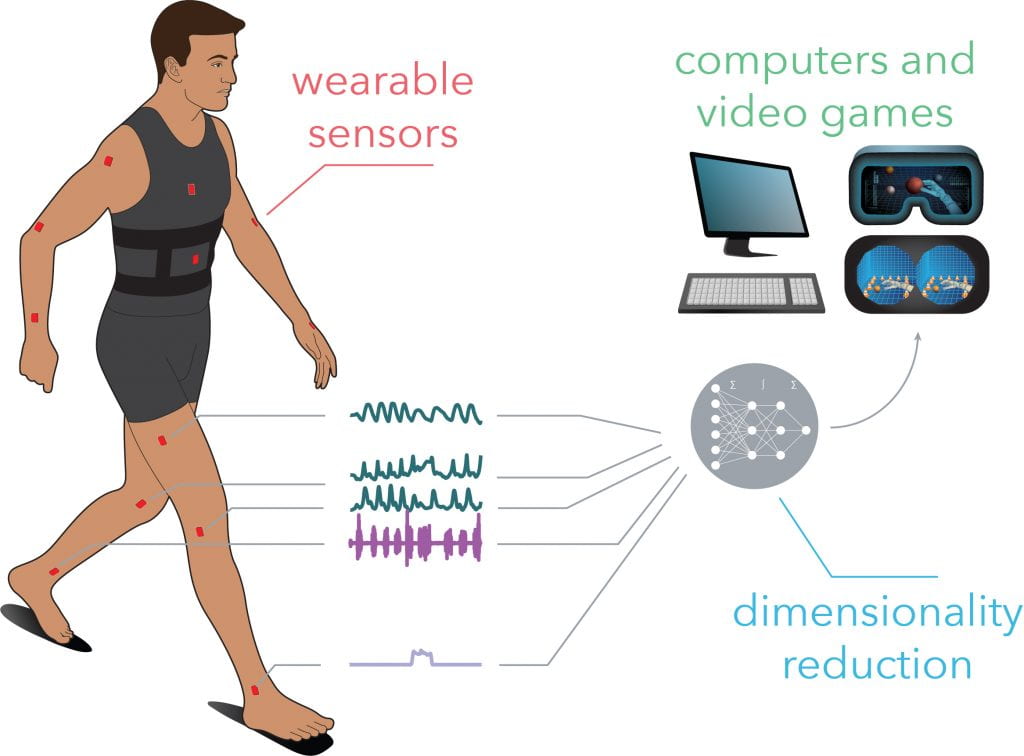
Despite progress in the field of assistive technologies for people with spinal cord injury (SCI), most current technologies are designed to require the minimum effort from the user, with little attention to strengthening and maintaining the neural and muscular resources that survived the injury. Our work develops body-machine interfaces (BoMIs) as next-generation assistive-rehabilitative devices that capture faint residual movements and associate them with the control of a 2D cursor to perform game-like activities.
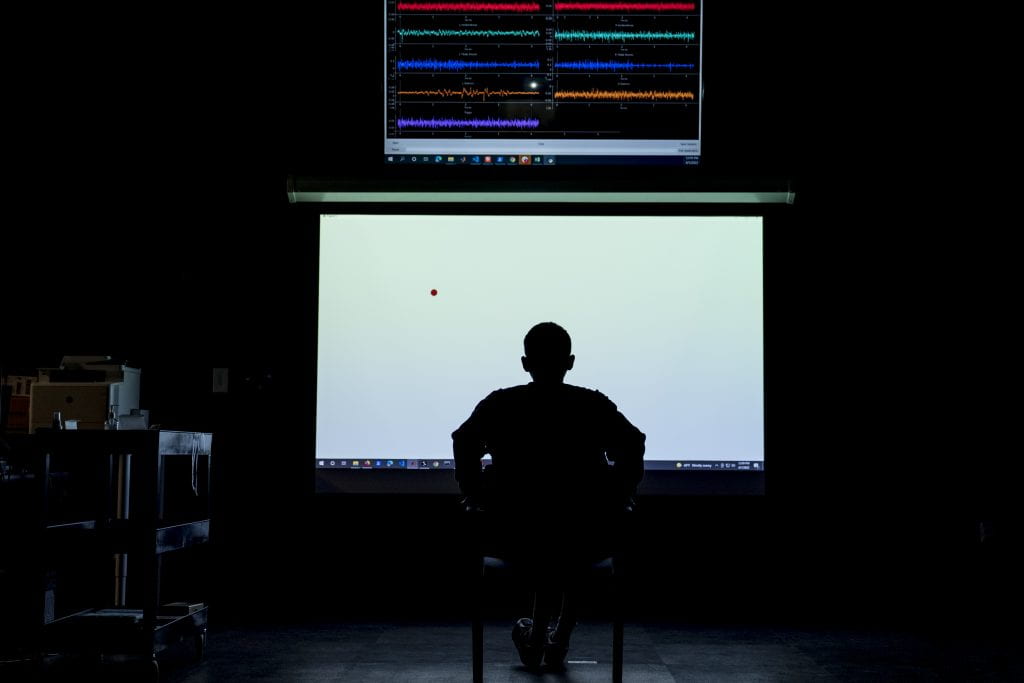
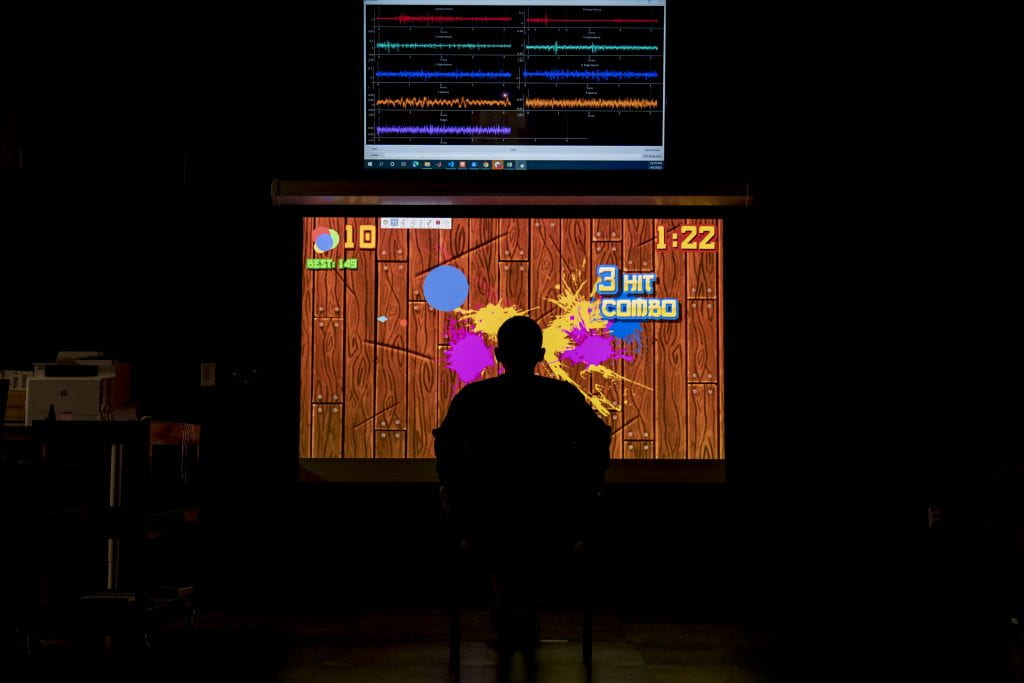
Understanding mechanisms of neurorecovery
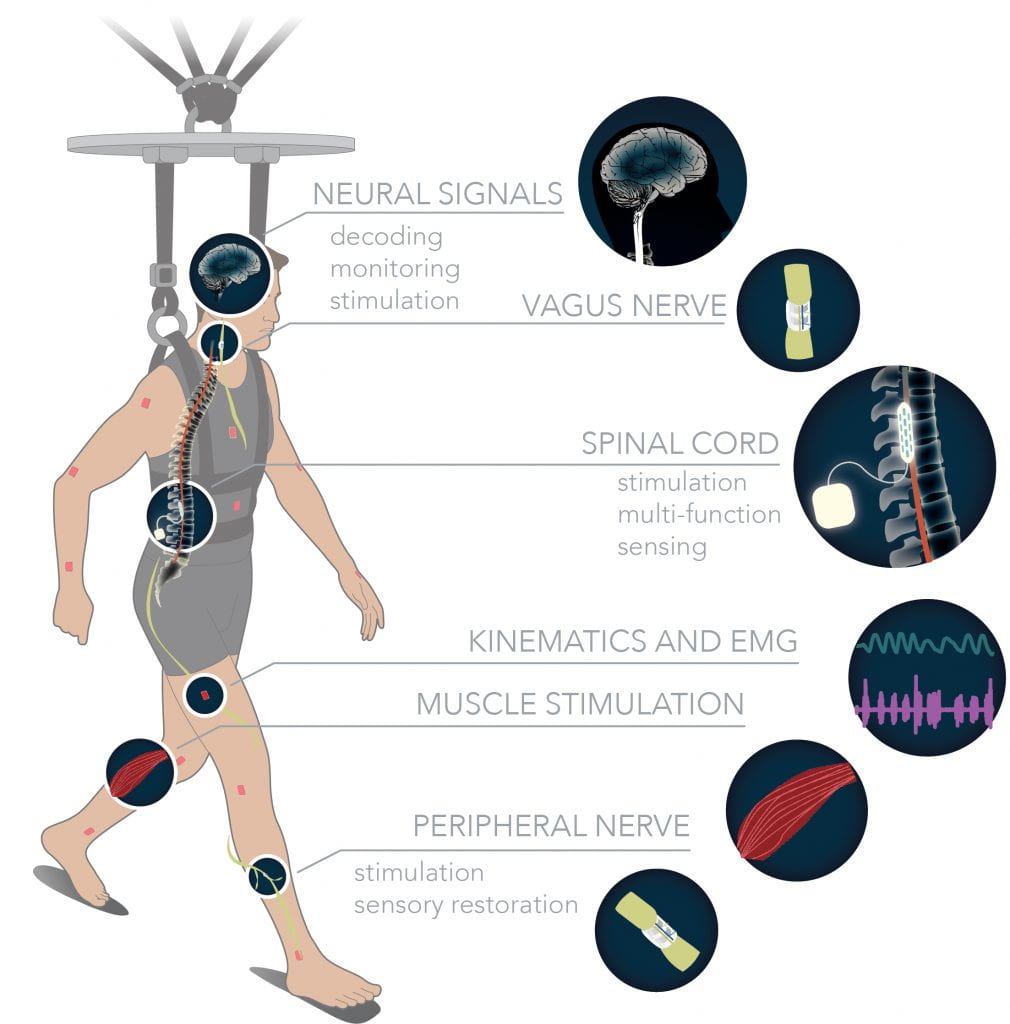
Recent studies combining neurotechnologies and rehabilitation have reported unprecedented improvements in motor function after SCI. In the Seáñez Lab, we use novel neurotechnologies to increase our understanding of the neural plasticity mechanisms underlying functional recovery after SCI and other neuromotor disorders.
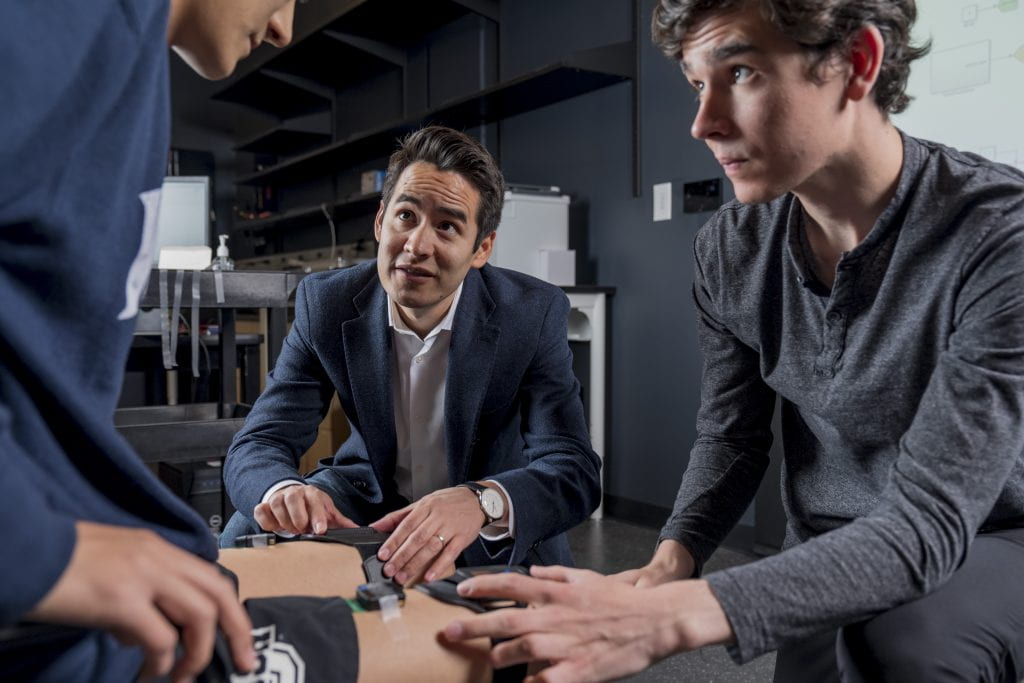
Real-time biofeedback in neurorehabilitation
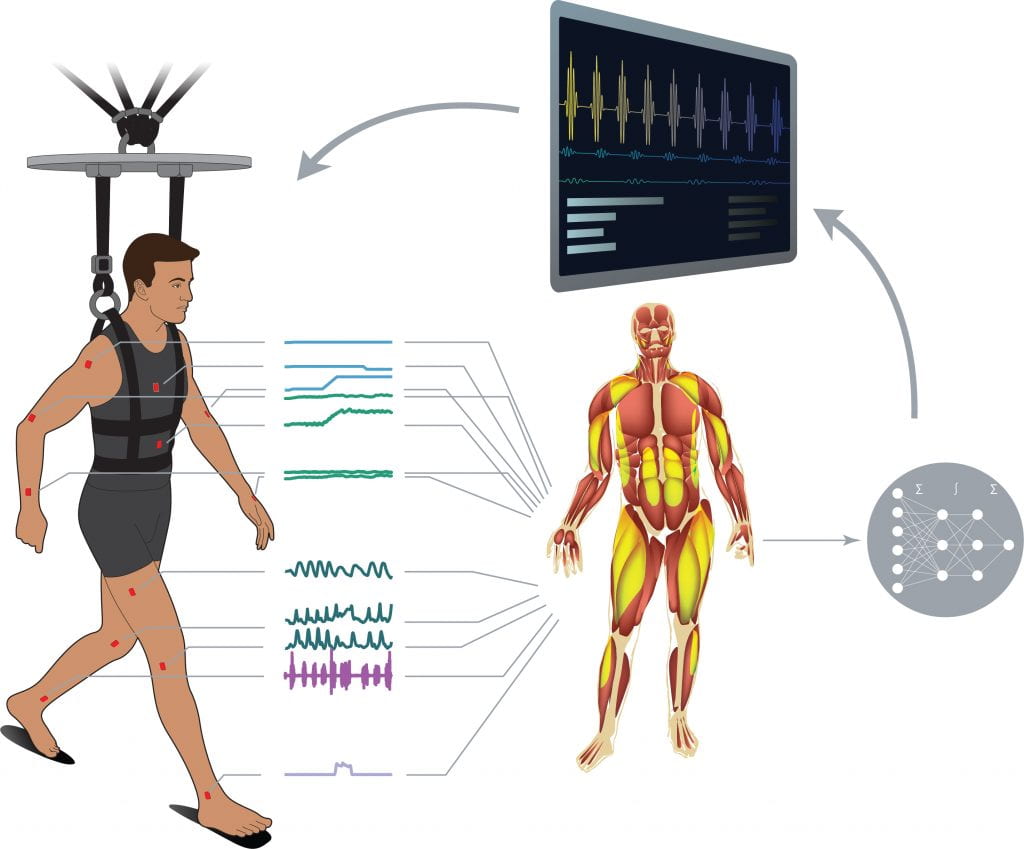
Currently, clinical evaluations are performed only at key points during treatment because they are time-consuming and expensive to apply, potentially overlooking small improvements in performance that may motivate a patient to continue with therapy or small decreases in functions that are not being actively trained or evaluated. Our objective is to develop real-time rehabilitation biofeedback interfaces to measure task performance and display meaningful and useful information in real-time during rehabilitation.
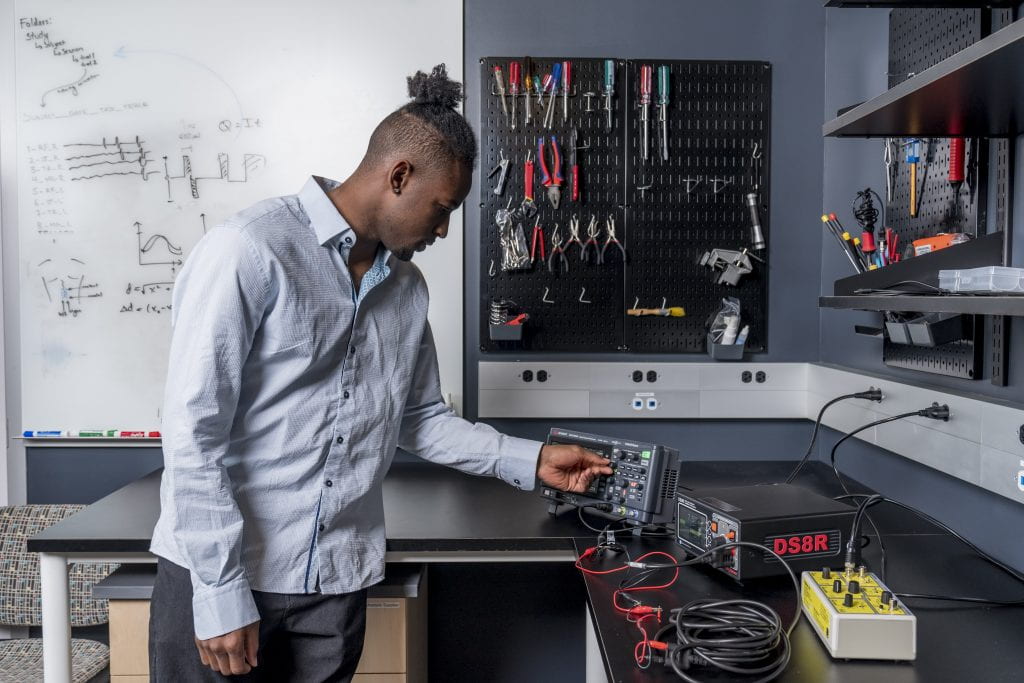
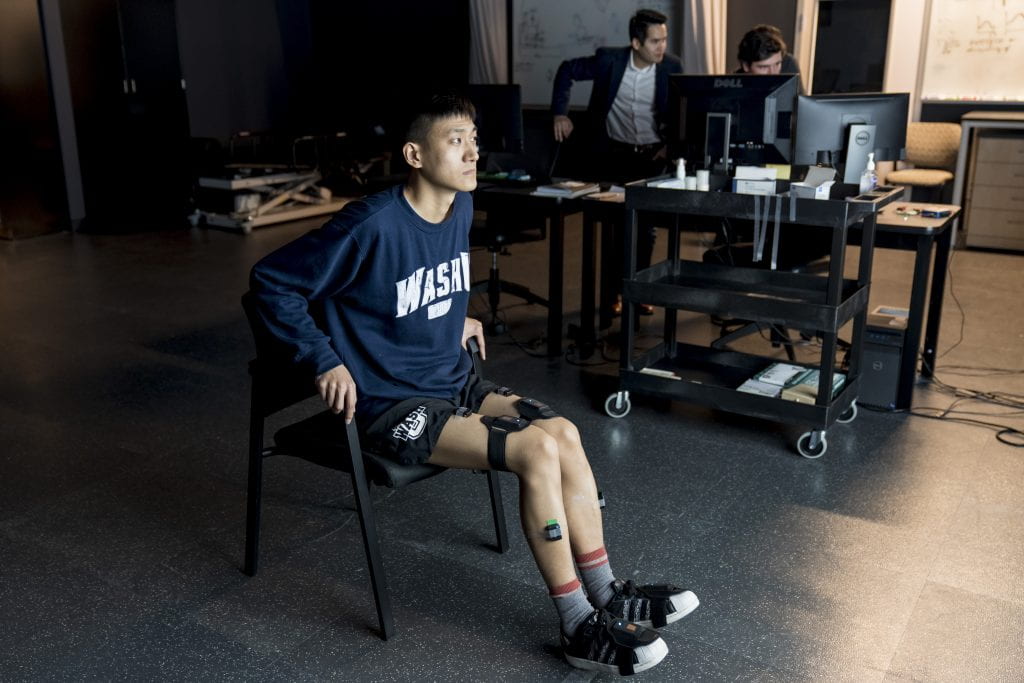
Funding
Characterization of spinal spectrograms during natural movement
Washington University McKelvey Engineering Collaboration Initiation Grant
June 1, 2024 – May 31, 2025
Neural plasticity by spinal cord stimulation and training in people with spinal cord injury
NIH K01 grant sponsored by the NIH National Institute of Neurological Disorders and Stroke (NINDS)
Award number K01NS127936
September 1, 2022 – August 31, 2027
Neural facilitation of stimulation-assisted movements in people with spinal cord injury
NIH K12 grant sponsored by the NIH Eunice Kennedy Shiver National Institute of Child Health & Human Development (NICHD)
Award number K12HD073945
January 1, 2022 – December 31, 2022
Neuromotor control and plasticity enabled by electrical spinal cord stimulation
Small Grants Program Sponsored by the McDonnell Center for Systems Neuroscience
July 1, 2021 – June 30, 2023